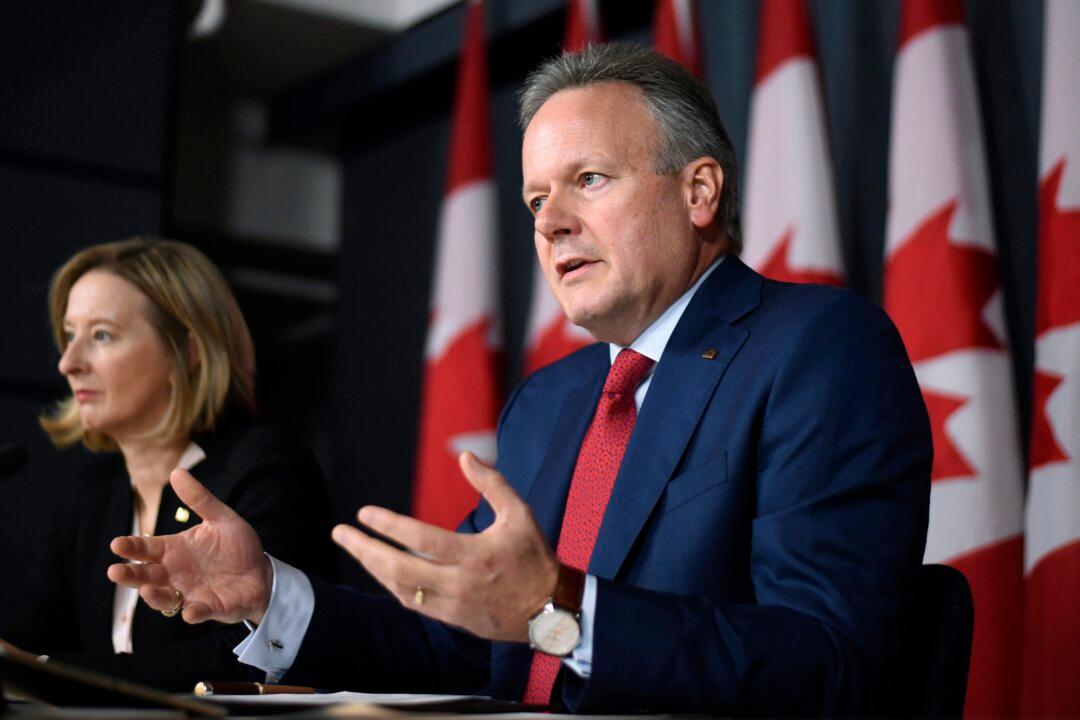OTTAWA—The Bank of Canada downgraded its economic growth forecasts mainly due to Brexit on July 13, but held its key rate at 0.50 percent as the inflation outlook remains in line with prior expectations.
The U.K.’s decision to leave the European Union creates greater uncertainty in the global economy. The central bank’s analysis takes into account direct trade-type effects. However, it’s much harder to anticipate the implications of the U.K.’s ultimate relationship with Europe.
Bank of Canada Governor Stephen Poloz said the risks around what the new arrangement will look like are “unquantifiable.” It can’t be known how it will affect the outlook for businesses.
“We’re still in the early days of understanding the shock,” Poloz said.
Poloz explained that, post-financial crisis, businesses are now more averse to taking risks and so investment has been slow to recover around the world.
“That uncertainty layer has now been given a reason to extend further,” Poloz said.
Back in June, markets were caught leaning the wrong way expecting the U.K. to remain and a violent repricing in financial markets ensued. But the encouraging sign is that markets handled it well, unlike in September 2008 when Lehman Brothers went bankrupt.





